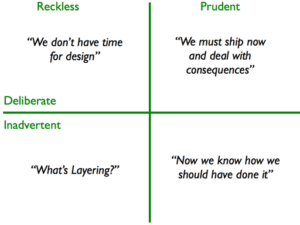In my previous blog, we wrote about implementing a management system. This boils down to sharing a common vision up and down and across the organisation, measuring progress, and pinning accountability on individuals. This time, we would like to talk about simple things that organisations can do to shrink their carbon footprints. But first let’s talk about the things that hold us back.
When we take on new clients we sometimes find that they are baffled by what I call energy industry-speak. We blame this partly on government. We understand they need clear definitions in their regulations. It’s just a pity they don’t use ordinary English when they put their ideas across in public forums.
Consultants sometimes seem to take advantage of these terms, when they roll words like audit, assessment, diagnostic, examination, survey and review across their pages. Dare we suggest they are trying to confuse with jargon? We created ecoVaro to demystify the energy business. Our goal is to convert data into formats business people understand. As promised, here are five easy things your staff could do without even going off on training.
- Right-size equipment? outsource peak production in busy periods, rather than wasting energy on a system that is running at half capacity mostly.
- Re-Install equipment to OEM specifications ? individual pieces of equipment need accurate interfacing with larger systems, to ensure that every ounce of energy delivers on its promise.
- Maintain to specification ? make sure machine tools are within limits, and that equipment is well-lubricated, optimally adjusted and running smoothly.
- Adjust HVAC to demand ? Engineers design heating and ventilation systems to cope with maximum requirements, and not all are set up to adapt to quieter periods. Try turning off a few units and see what happens.
- Recover Heat ? Heat around machines is energy wasted. Find creative ways to recycle it. If you can’t, then insulate the equipment from the rest of the work space, and spend less money cooling the place down.
Well that wasn’t rocket science, was it? There are many more things that we can do to streamline energy use, and coax our profits up. This is as true in a factory as in the office and at home. The power we use is largely non-renewable. Small savings help, and banknotes pile up quickly.


